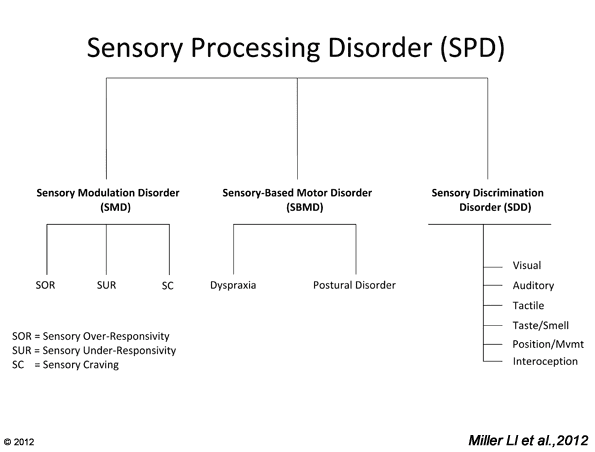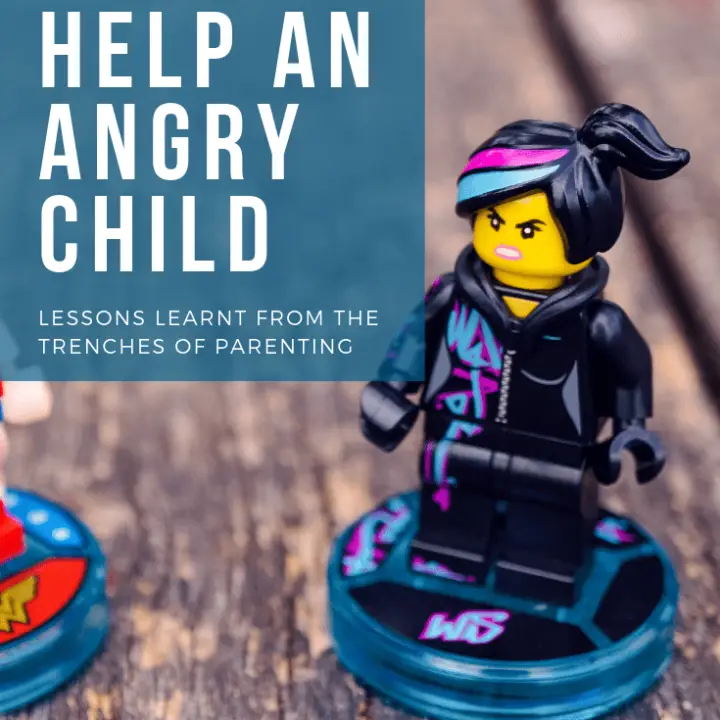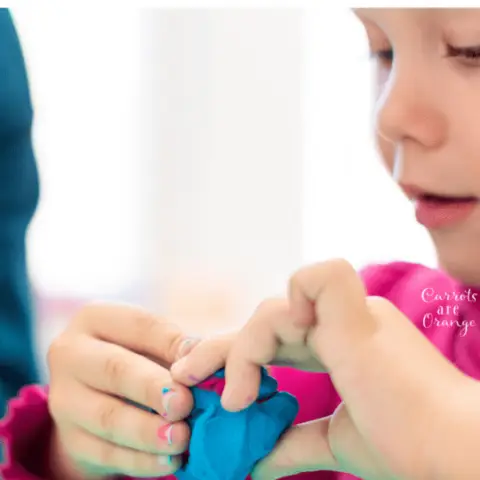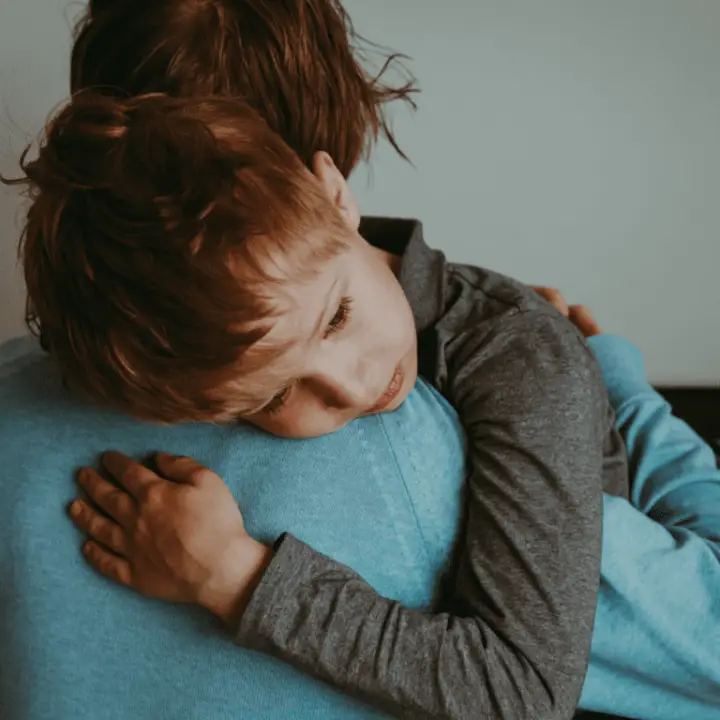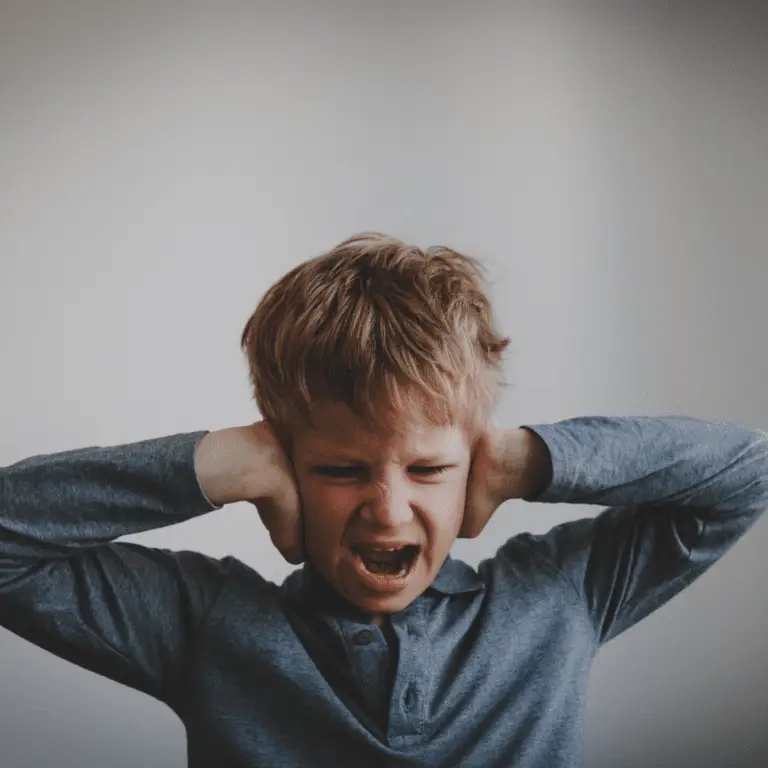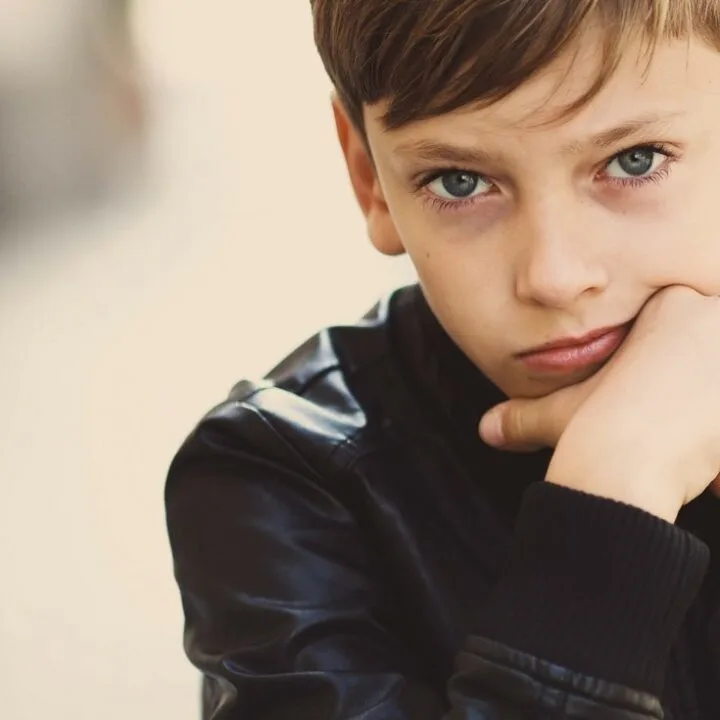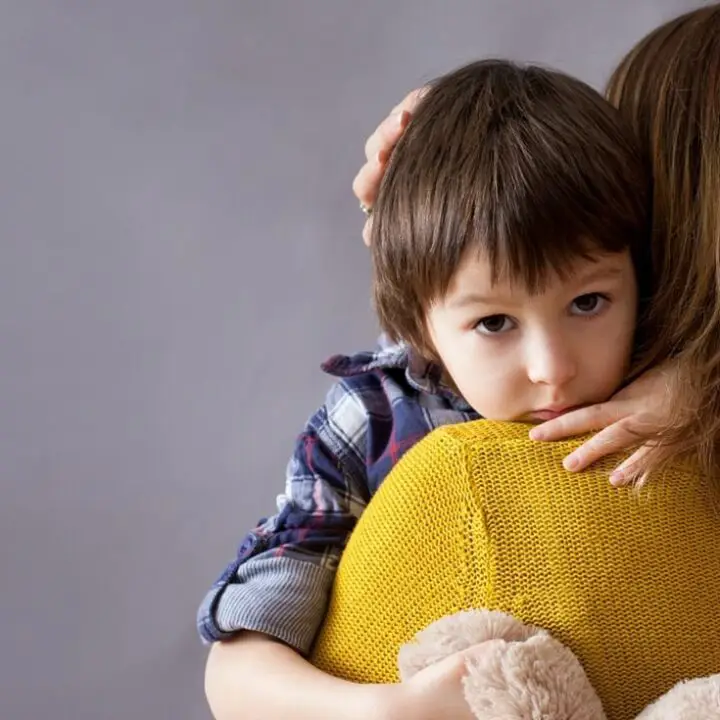I earn commissions from my affiliated links. Please see my disclosure policy for more details.
I discovered the term sensory processing disorder many years ago when my oldest was exhibiting sensory processing issues. At the time, I began to learn as much as I possibly could about sensory integration and brain development.
Let me begin by saying that I am a parent and a Montessori-trained teacher. I write to share ideas and resources with you in hope of adding value to your parenting journey. I am not an expert but a curated expert opinion. I want to be accessible to you as you meander down parenting’s winding path.

My Montessori training put the icing on the cake during an eye-opening unit called “learning differences”. I appreciated the label applied to the topic because the instructor easily could have presented it in a more negative way such as learning disabilities.
The Montessori theory emphasizes a multi-sensory approach to learning generally speaking within the Montessori theory but more specifically during such Montessori lessons such as sandpaper letters where a child traces the sandpaper letter while saying the sound.
The child may not be quite ready to write the letter “r”, for example, but her brain is already making the connections needed when she discovers handwriting. Beautiful, right?
“The environment must be rich in motives which lend interest to activity and invite the child to conduct his own experiences.” ― Maria Montessori
So, let’s get right into it. But, wait, before we begin please keep in mind that I have learned about sensory processing disorder in my studies but I am not a licensed medical professional. I gathered the information I found relevant and am sharing that information with you.
What is Sensory Processing Disorder?
“Sensory processing refers to the way the nervous system receives messages from the senses and turns them into responses. For those with Sensory Processing Disorder, sensory information goes into the brain but does not get organized into appropriate responses. Those with SPD perceive and/or respond to sensory information differently than most other people. Unlike people who have impaired sight or hearing, those with SPD do detect the sensory information; however, the sensory information gets “mixed up” in their brain and therefore the responses are inappropriate in the context in which they find themselves.” {Source: STAR Institute}
So, as you can imagine, most children fall into this sensory processing bucket at some point on the spectrum
What are Sensory Systems?
Most of us know about the five sensory systems:
- Auditory
- Gustatory
- Tactile
- Olfactory
- Visual
Did you know that there are three additional sensory systems?
- Proprioceptive
- Vestibular – the sense of movement, centered in the inner ear
- Interoception – receptors inside your organs that send information about the inside of your body to your brain to let you know when you’re hungry, thirsty, cold, etc.
That totals eight sensory systems.
Maria Montessori focused a great deal on creating materials and lessons that utilized these sensory systems, often simultaneously.
Types of Sensory Processing Disorder
There are three main “patterns” of SPD as illustrated by the STAR Institute in this graph:
- Modulation – including over-responsive, under-responsive, and craving
- Motor – including postural and dyspraxia
- Discrimination within any or several of the 8 sensory systems
Symptoms & Signs
There is a wide spectrum of sensory processing symptoms.
Personally, my oldest son couldn’t keep his hands off anything, was always moving his body, and had extensive food aversions. My middle son is an explosive child and required a bit more to help with his sensory processing overload (which manifested into heightened anxiety).
Signs of hypersensitivity may include:
- doesn’t like noises like the vacuum or a toilet flushing
- an extreme sense of smell
- hears background noise that others would dismiss
- falls a lot
- doesn’t like crowds
Signs of hyposensitivity may include:
- a need to touch everything
- chews on his shirt
- unable to sit still
- takes physical risks
What is a Sensory Diet?
Just like we need a diet of food, we need a diet of sensory tools, especially if there is a sensory processing disorder diagnosis. A sensory diet is a plan based on an individual’s particular sensory needs according to sensory integration theory. A sensory diet assists with regulation, attention, focus, and adaptive responses in a classroom and at home.
A word of caution, as tempting as it is to create your own sensory diet, please, please visit with an occupational therapist who can evaluate your child and create a sensory diet specific to your child’s needs.
Hypersensitive
For my oldest son, we worked with an occupational therapist to create a multi-faceted plan to satisfy my son’s sensory needs. In his case, he needs more input in order to stay focused and regulate his body. We used fidgets, chewy tubes, and a chair band. We also spoke with his school about getting him a yoga ball chair in which he could move his body to get the sensory input he needed. He also loves to jump on a trampoline, use a balance board, swing, and spin.
Hyposensitive
My middle son has sensory overload. As a result, he needs calming tools. For example, being next to a window for more natural sunlight, listening to music with headphones, and fidget-like model magic to help with his anxiety (too much stimulus). At home, we have a weighted blanket and pillows around his body when he sleeps.
There are a variety of ways to create a sensory diet that works for you and your family. I highly recommend working with an occupational therapist to devise a plan.
Tools for Sensory Issues
Our instructor introduced many tools to combat the various learning differences within a classroom or homeschool or home setting. Here are a few ideas:
- chewy tubes
- model magic
- chair band
- yoga ball chair
- stress balls
- marble fidget
- weighted blanket
- Chillow
- a balance board
Additional Resources
- Sample Sensory Diet
- Find an Occupational Therapist
- Discover the Best Sensory Checklists to Help Your Child
- Sensory Integration Tools for the Inflexible Child
- Brain Balance Achievement Centers
- Sensory Diet Activities
- SENG – Supporting Emotional Needs of the Gifted
- Lives in the Balance
- Sensory Processing 101 – an amazing and comprehensive resource for parents & professionals

